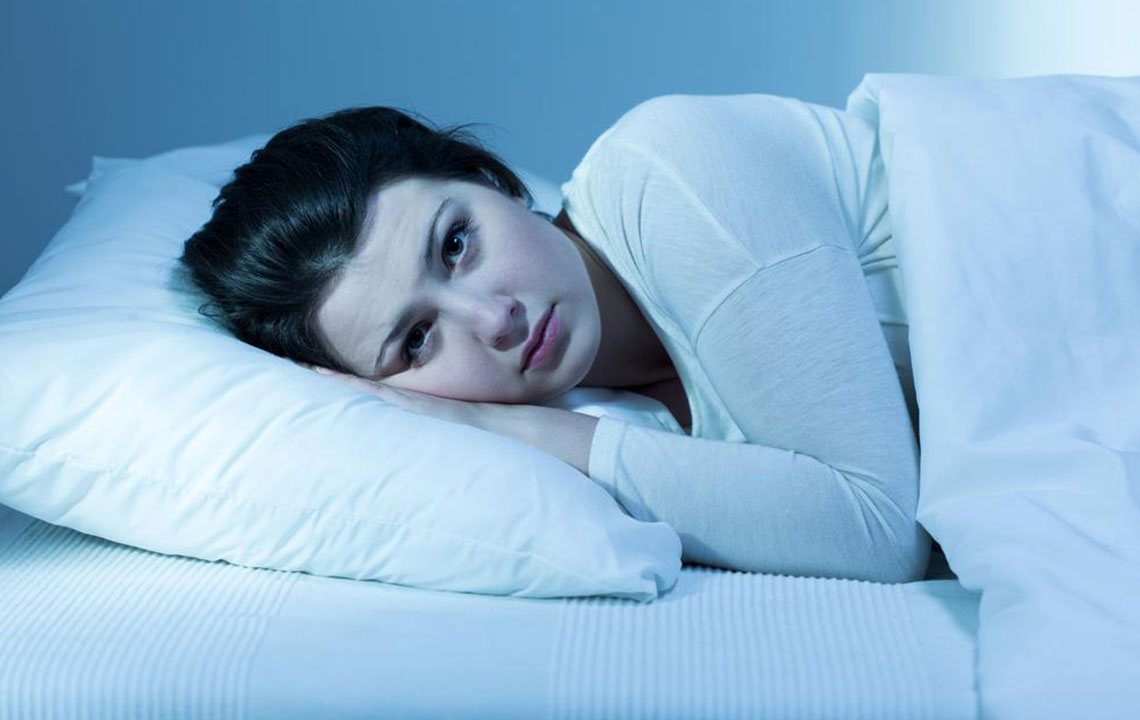REM stands for rapid eye movement and is a stage in the sleep cycle of everyone at one point or another in their lives, and it accounts for about 20–25% of a normal person’s sleep. There are about 17 or so specific sleep disorders and REM sleep disorder is one among them. Below, a brief overview of REM sleep disorder symptoms has been given.
In normal REM sleep, there is a temporary paralysis of the motor functions.
The nerve pathways in the brain fail to induce this paralysis in REM sleep disorder. The dreams are flight or fight sort of situational and the patient trying to enact the dream live by flailing the arms and legs. The patient normally remembers the dreams too. The diagnosis of sleep disorders is based on the International Classification of Sleep Disorder criteria. The criteria to classify REM sleep disorder symptoms specifies that the patient has a number of arousals in sleep where one talks, makes sounds, or performs complex motor behavior like punching, kicking, or running that often relates to the contents of the dream and recalls the dream associated with these actions. If the patient wakes up during the sleep, he/she is fully alert and not confused or disoriented. A polysomnogram shows increased muscle activity during REM sleep. The disorder should not be due to any other sleep disturbance, mental health condition, medicine, or substance abuse.
Treatment has two aspects to it. One is ensuring the safety of the patient and the sleep partner from physical injury. Toward this, all unnecessary things including pointed and sharp objects that have any potential to harm are removed. The bed room is sanitized so to say. The windows are protected against breakages and projectiles flying out through.
From the medical aspect, sleep medicines are prescribed to reduce REM sleep disorder symptoms or eliminate them altogether. Two medicines currently in vogue are the anxiety medicine Clonazepam and the other dietary supplement Melatonin. Both appear to be equally effective. Clonazepam has some unpleasant side reactions like excessive day time sleepiness, loss of balance, and aggravating sleep apnea.
Disclaimer:The content of the articles discussing symptoms, treatments, health conditions, and side effects is solely intended for informational purposes. It is imperative that readers do not interpret the information provided on the website as professional advice. Readers are requested to use their discretion and refrain from treating the suggestions or opinions provided by the writers and editors as medical advice. It is important to seek the help of licensed and expert healthcare professionals when necessary.
